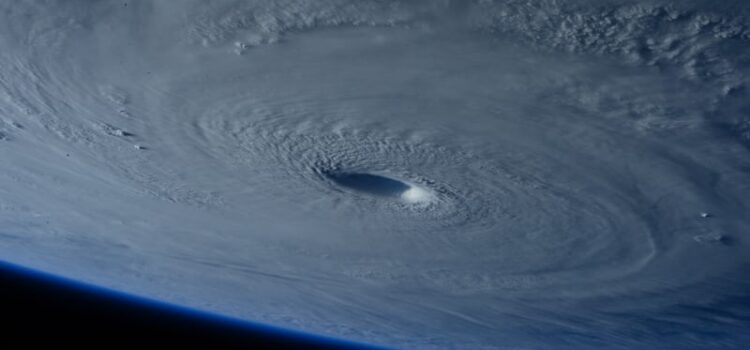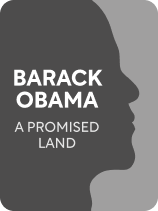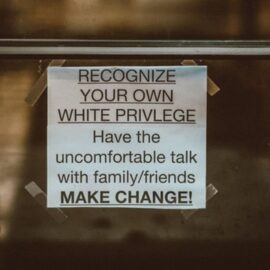

This article is an excerpt from the Shortform book guide to "A Promised Land" by Barack Obama. Shortform has the world's best summaries and analyses of books you should be reading.
Like this article? Sign up for a free trial here .
What happened with Hurricane Katrina and Obama? How did the government’s response inspire Obama to run for President?
Hurricane Katrina and Obama have an interesting connection. Obama, a Senator at the time, was so disgusted by the government’s response to Katrina that he was determined to do something to make change.
Read more about Hurricane Katrina and Obama, and how it inspired him to run for President.
Hurricane Katrina: Obama sees A Failure of Governance
Less than a year after Obama took office in the Senate, Hurricane Katrina made landfall in New Orleans as a Category 3 storm in September 2005. The devastation it wrought on the city was immense—80% of the city inundated with water, tens of thousands of people made homeless, nearly 1,500 deaths, and over $160 billion in damage.
The inadequate federal response to the hurricane was widely seen as a national disgrace and a stunning indictment of the Bush administration’s laissez-faire approach to running the government. For his part, Obama was appalled by the incompetence and indifference of the Bush administration, which had allowed a once-great American city to drown on its watch.
The way Obama and many others saw it, people in the poor, majority-Black city had been abandoned and left to drown and starve by the Republicans. Their callous indifference to the fate of New Orleans was a stark reminder of the GOP’s cavalier attitude toward intergenerational poverty and the broader political, social and economic forces that made it possible.
Unable to stay silent, Obama began making the rounds on national television to decry the gross failures of the Department of Homeland Security and Federal Emergency Management Administration under Bush.
Preparing to Run
2006 was a midterm election year, and it was a crucial one for the Democratic Party and the nation. The midterms were widely viewed as a referendum on the Bush administration’s poor record in Iraq and its failed response to Hurricane Katrina, and Barack Obama was personally furious, too.
Obama spent most of the 2006 cycle aggressively campaigning for Democratic candidates in swing seats and districts. Not only was he lending some of his national star power to help fellow Democrats, he was also making important connections with donors and party leaders from across the country.
There was already a flood of media speculation that Obama’s barnstorming was a prelude to a 2008 presidential run. But Obama’s initial instincts were not to run and instead step aside to allow better-established Democrats like Hillary Clinton and Joe Biden seek the nomination.

———End of Preview———
Like what you just read? Read the rest of the world's best book summary and analysis of Barack Obama's "A Promised Land" at Shortform .
Here's what you'll find in our full A Promised Land summary :
- How Barack Obama went from relative obscurity to the first Black president
- What principles guided his political leadership style
- Why Obama retained an unshakable faith in the potential and promise of America






